 W
WHat-making or millinery is the design, manufacture and sale of hats and headwear. A person engaged in this trade is called a milliner or hatter.
 W
WHat-making or millinery is the design, manufacture and sale of hats and headwear. A person engaged in this trade is called a milliner or hatter.
 W
WJoseph Bailey was an American politician from Pennsylvania who served as a Democratic member of the U.S. House of Representatives for Pennsylvania's 16th congressional district from 1861 to 1863 and for Pennsylvania's 15th congressional district from 1863 to 1865.
 W
WMarie-Jeanne Rose Bertin was a French milliner, known as the dressmaker to Queen Marie Antoinette. She was the first celebrated French fashion designer and is widely credited with having brought fashion and haute couture to the forefront of popular culture.
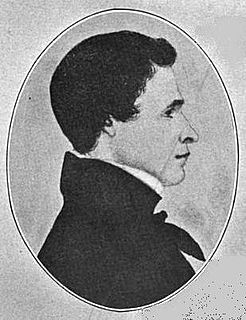 W
WJasper Ewing Brady was a Whig member of the U.S. House of Representatives from Pennsylvania.
 W
WJohn J. Cavanagh was an American gentleman's hatter based in New York City. He was a Democratic mayor of South Norwalk and of Norwalk, Connecticut. He was a leader in both styling and manufacturing of hats for fifty years.
 W
WWilliam Miller Christy (1778–1858) was an English Quaker hat and textile manufacturer, known also as a banker. He is credited with the invention of the penny receipt-stamp.
 W
WThomas H. "Boston" Corbett was a Union Army soldier who shot and killed President Abraham Lincoln's assassin, John Wilkes Booth. Corbett was initially arrested for disobeying orders, but was later released on the orders of Secretary of War Edwin Stanton, who referred to Corbett as "the patriot" upon dismissing him. He was largely considered a hero by the media and the public.
 W
WMarie-Françoise Corot (1768–1851) was a French fashion designer (milliner), known as one of the most fashionable of her trade in the first decades of the 19th-century.
 W
WThomas Birch Florence was a Democratic member of the U.S. House of Representatives from Pennsylvania.
 W
WJohn Nicholas Genin was a New York City hatter who reached national prominence in the 1850s. Like P.T. Barnum, his neighbor on Broadway, Genin had a remarkable knack for using publicity to boost his business. In 1850, at Barnum's urging, Genin made the winning auction bid of $225 for the first seat sold for the sensational cross-country tour by the singer Jenny Lind, the Swedish Nightingale, and reaped the tremendous publicity that followed. Every important newspaper in the country reported Genin's bid. Barnum wrote in his "Struggles and Triumphs" (1865) that "John N. Genin, the hatter, laid the foundation of his fortune" with that purchase. Throughout the country, men and women took off their hats to check whether they were wearing "a Genin".
 W
WJohn Addison Gurley was a U.S. Congressman from Ohio during the early part of the American Civil War, serving two terms from 1859 to 1863. He was appointed as the first Governor of the Arizona Territory, but died before taking office.
 W
WIn British English, a haberdasher is a business or person who sells small articles for sewing, dressmaking and knitting, such as buttons, ribbons, and zips; in the United States, the term refers instead to a retailer who sells men's clothing, including suits, shirts, and neckties.
 W
WA hat is a head covering which is worn for various reasons, including protection against weather conditions, ceremonial reasons such as university graduation, religious reasons, safety, or as a fashion accessory.
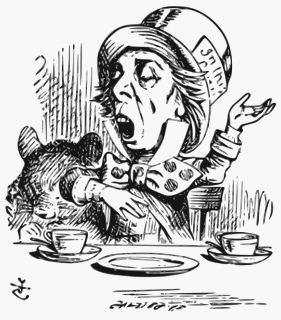 W
WThe Hatter is a fictional character in Lewis Carroll's 1865 book Alice's Adventures in Wonderland and its 1871 sequel Through the Looking-Glass. He is very often referred to as the Mad Hatter, though this term was never used by Carroll. The phrase "mad as a hatter" pre-dates Carroll's works. The Hatter and the March Hare are referred to as "both mad" by the Cheshire Cat, in Alice's Adventures in Wonderland in the sixth chapter titled "Pig and Pepper".
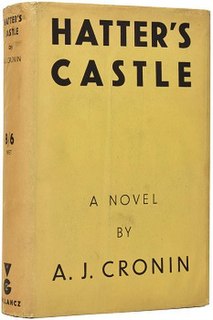 W
WHatter's Castle (1931) is the first novel of author A. J. Cronin. The story is set in 1879, in the fictional town of Levenford, on the Firth of Clyde. The plot revolves around many characters and has many subplots, all of which relate to the life of the hatter, James Brodie, whose narcissism and cruelty gradually destroy his family and life. The book was made into a successful film in 1942 starring Robert Newton, Deborah Kerr, and James Mason.
 W
WHeinrich Hössli, sometimes written as Hößli, was a Swiss hatter and author. His book Eros Die Männerliebe der Griechen surveyed references to same-sex love in ancient Greek literature and more recent research, and was one of the first works in the 19th century that defended love between men.
 W
WSir Richard Hotham was an East India merchant, property developer and politician who sat in the House of Commons from 1780 to 1784. He is especially noted for his development of the Sussex village of Bognor into a seaside resort. He was also sometimes called Hotham the Hatter, to mark his original trade.
 W
WJakob Hutter was a Tyrolean Anabaptist leader and founder of the Hutterites.
 W
WJoseph Marie Charles dit Jacquard was a French weaver and merchant. He played an important role in the development of the earliest programmable loom, which in turn played an important role in the development of other programmable machines, such as an early version of digital compiler used by IBM to develop the modern day computer.
 W
WJames Paul Maher was an American labor union official, businessman, and politician. A Democrat, he is most notable for his service as a U.S. Representative from New York, a position he held for five terms (1911-1921).
 W
WManny Gammage's Texas Hatters Inc., also known as Texas Hatters, is a family-owned and operated hat shop and millinery specializing in fine quality handmade hats and hat restorations. Owned and operated by the Gammage family since 1927, the Texas Hatters has created custom hats for a variety of patrons, including many notable musicians, actors, presidents, and public figures. Signature styles invented by the Gammages include the "Hi-Roller" and the "Half-Breed". Texas Hatters creations have appeared throughout popular culture, in numerous films, and television series. The Texas Hatters shop is currently located in Lockhart, Texas.
 W
WSamuel Mauger was an Australian social reformer, hat manufacturing unionist and a Protectionist politician.
 W
WHenry Lee Morey was an officer in the United States Army during the American Civil War and a politician and U.S. Congressman after the war.
 W
WKarl Philipp Moritz was a German author, editor and essayist of the Sturm und Drang, late enlightenment, and classicist periods, influencing early German Romanticism as well. He led a life as a hatter's apprentice, teacher, journalist, literary critic, professor of art and linguistics, and member of both of Berlin's academies.
 W
WIgnacio Pinazo Camarlench was a Spanish painter from Valencia. He was one of the most prominent Impressionist painters from late nineteenth century Spain.
 W
WPrudence Millinery designs and makes couture hats for major designers all over the world.
 W
WNikolaos Skoufas was a founding member of the Filiki Eteria, a Greek conspiratorial organization against the Ottoman Empire.
 W
WJohn Batterson Stetson was an American hatter, hat manufacturer, and, in the 1860s, the inventor of the cowboy hat. He founded the John B. Stetson Company as a manufacturer of headwear; the company's hats are now commonly referred to simply as Stetsons.
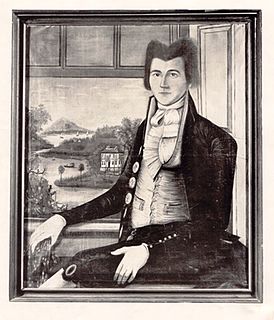 W
WTimothy Swan (1758–1842) was a Yankee tunesmith and hatmaker born in Worcester, Massachusetts, USA. The son of goldsmith William Swan, Swan lived in small towns along the Connecticut River in Connecticut and Massachusetts for most of his life. Swan's compositional output consisted mostly of psalm and hymn settings, referred to as psalmody. These tunes and settings were produced for choirs and singing schools located in Congregationalist communities of New England. Swan is unique as an early American composer in that he composed secular vocal duets and songs in addition to sacred tunebook music. The tunebook, New England Harmony is a collection of his sacred music compositions, while The Songster's Assistant is a collection of his secular music. Swan was also a poet and teacher of singing.
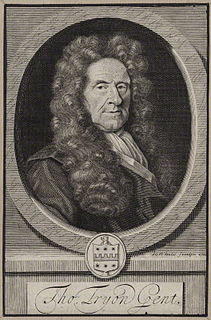 W
WThomas Tryon was an English sugar merchant, author of popular self-help books, and early advocate of animal rights and vegetarianism.
 W
WArthur Canfield Wheeler was a two-term Republican mayor of Norwalk, Connecticut from 1895 to 1896. He was a manufacturer of straw hats for over thirty years.
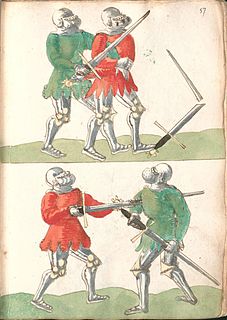 W
WJörg Wilhalm was an early 16th-century German fencing master, hatmaker, and citizen of Augsburg.
 W
WJames Wilson was a Scottish businessman, economist, and Liberal politician who founded The Economist weekly and the Chartered Bank of India, Australia and China, which merged with Standard Bank in 1969 to form Standard Chartered. He was the first Finance Member of the Viceroy's Executive Council from December 1859 till his death in August 1860. Sent there to put order into the chaos that followed the "Sepoy Mutiny" of 1857, he presented India's first budget, and was responsible for the government accounting system, Pay Office, and audit, apart from government paper currency, Indian Police, a Military Finance Commission, and a Civil Finance Commission.
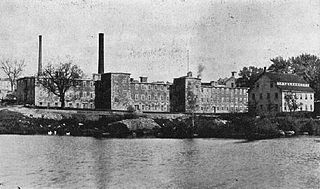 W
WWyoming Mills is an historic textile mill site located at 110 Chace Avenue in Fall River, Massachusetts. It is also known as the former Marshall Hat Factory site.